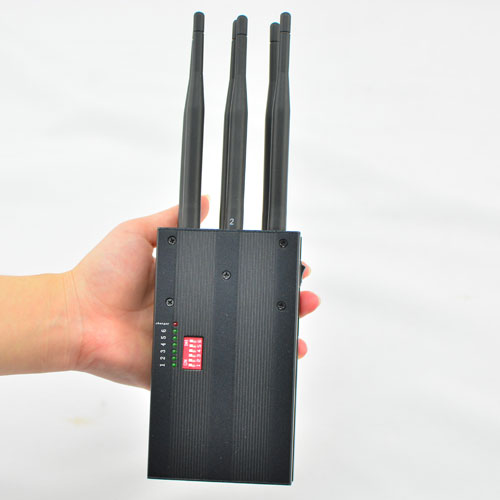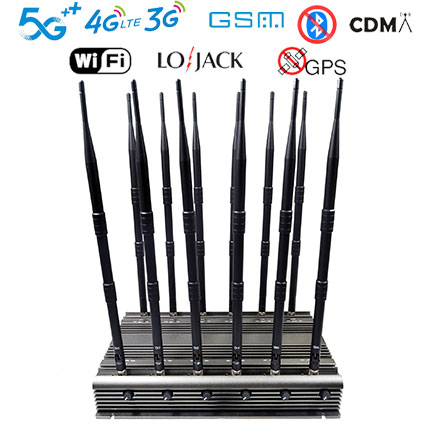Wireless signals are susceptible to naturally occurring periodic and random phenomena such as background noise, EMI, RFI, CME, and EMP, to name a few. Some wireless technologies, such as AM, are susceptible to impulse noise such as long-range lightning strikes; others, such as FM, may be sensitive to some in-band noise from fluorescent lamps. As designers, we try and predict the situations and environments our designs will face, and offer fixes, workarounds, or other types of solutions to address those issues. So as to design a more best wifi jammer.
However, wireless links are particularly vulnerable to another situation, and that is intentional interference. Here, someone deliberately blocks a link's ability to communicate by targeting an attack that is particularly effective against a particular link or family of links. Interference may be attempted for prank purposes, for motives such as profit, or for military gain in wartime.

Kids with little boxes or kits can make and use wifi signal jammers to annoy parents and schools, and commit similar forms of chaos. Companies can use wifi jammer device to interfere with competitors' operations, slow down or disrupt a company's network, or prevent important data from reaching its destination. Financial institutions can interfere with communications to provide even a millisecond advantage in completing trades that can be used for profit. Military jamming can crash drones, interfere with tactical communications, and even jam or alter GPS signals to confuse the enemy.

